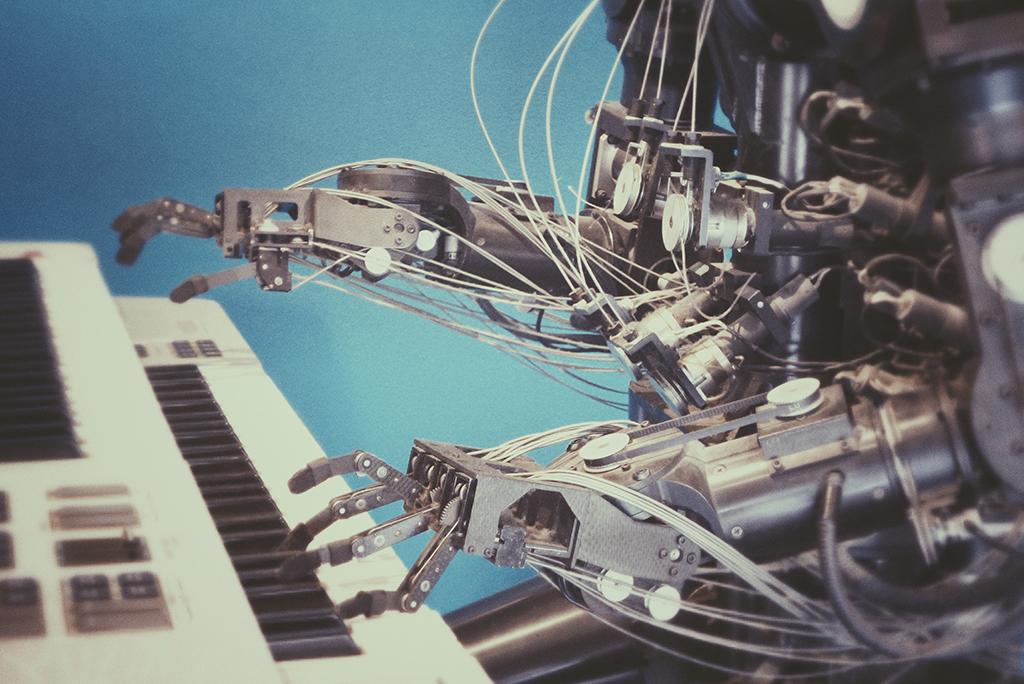
This is a sponsored post from Digi-Key. Written by Jennifer D. Bosavage

Figure 1: The da Vinci Surgical System helps surgeons perform minimally invasive surgery with an advanced set of instruments and a 3D high-definition view of the surgical area. Source: Intuitive Surgical/CC BY-SA 3.0
Robotic technology is everywhere. Robots help factories manufacture products, doctors serve patients, and emergency responders perform rescue operations. Of course, they can also be used purely for entertainment. Robotics engineers design, build, and program those robots.
Robotics is a growing, lucrative segment. According to Recruiter.com, a robotics engineer can earn between $64,000 and $96,000 annually, based on experience and education level. In addition, employment of robotics engineers is projected to grow 5% from 2016 to 2026, according to the U.S. Bureau of Labor Statistics (BLS).
Here is a look at some fast-growing sectors in the space, and how they are making lives more efficient and, in some cases, more enjoyable.
Manufacturing:
Robots are often used to perform duties that are dangerous or unsuitable for human workers. For example, repetitious work on an assembly line can cause injuries due to inattentiveness. That type of work can also lead to repetitive motion ailments. Industrial robots are able to significantly improve product quality because their work is performed with precision and repeatability. Some of the most precise robots today have a repeatability of +/- 0.02 mm.
Healthcare:
In 2000, the da Vinci Surgical System became the first robotic device approved by the FDA to perform surgical procedures; it has since conducted more than 20,000 surgeries. Robots also play a role in developing patient treatments. For example, CBS News reported that researchers at the Georgia Institute of Technology created a way to give robots the sense of touch using artificial skin, which could dramatically improve the lives of people with severe disabilities.
Emergency response:
Hardware advancements are steadily marching toward convergence with the capabilities of artificial intelligence. Disaster relief robots, for example, are evolving from serving as assistants to being fully autonomous responders. MIT’s Biomimetic Robotics Lab developed the Cheetah 3, a robot that can assist in situations ranging from earthquake search-and-rescue missions to high-risk operations in dangerous radiation zones. Other robots, such as the Hadrian X end-to-end bricklayer, can quickly build shelters for those left homeless after a disaster. The machine can autonomously build a fully livable, 180-square-meter home in less than three days.
Entertainment:
Animatronic robots have long amused people at festivals and amusement parks, but today’s entertainment robots have capacities far beyond. Engineers are working with computer scientists specializing in artificial intelligence to give robots the power to recognize voices, converse, move, sing, dance, and interact with people. Some also include cameras to avoid obstacles and identify faces. The entertainment robot market was valued at $1.13 billion in 2017. It is expected to reach $3.715 billion by 2023.
Looking for a job in one of these robotics segments? A robotics engineers must possess a bachelor’s degree to land an entry-level job in the field, according to the BLS. Typically, such degrees are in mechanical engineering or related engineering specialties, although a degree in physical science or mathematics may also serve as sufficient qualification. Some schools offer undergraduate degrees in robotics engineering, where students learn how to apply math and mechanics to create automated machines.
The field of robotics will continue to grow, just as robots themselves will evolve. Robots with the capacity for machine learning will likely prove to be engaging companions and capable job assistants. Those who enjoy the challenges of working in a fast-growing sector, and who can see the vast potential for robots in the very near future, are excellent candidates for careers in robotics engineering.


[…] of robotics continues to grow, so does the employment of robotics engineers, with a projected 5% increase from 2016 to 2026. The career, which typically requires professionals to have completed an ECE […]